Introduction
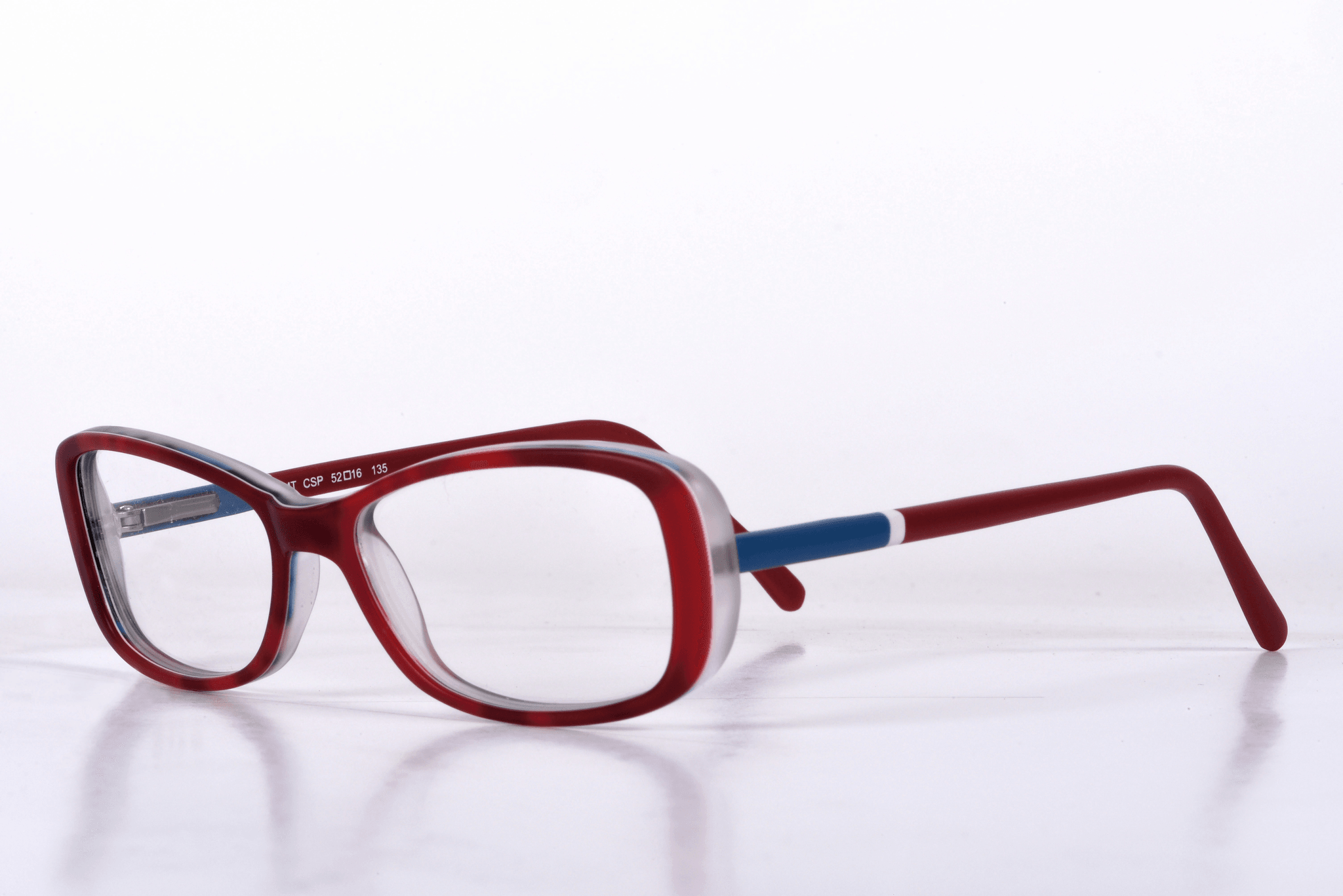
Acetate glasses have surged in popularity due to their unique properties and aesthetic appeal, making them a go-to choice for many fashion-forward individuals. With an array of different styles of glasses frames available today, understanding the nuances between acetate eyeglasses and plastic eyewear frames can help you make an informed decision that suits your personal style.
Understanding Acetate and Plastic
Acetate is derived from natural sources like cotton fibers and wood pulp, giving it a biodegradable edge over traditional plastic materials that are often petroleum-based. This distinction not only affects the environmental impact but also influences how each material feels against your skin. While acetate eye frames are known for their vibrant colors and patterns, plastic frames tend to offer a more lightweight option that appeals to those looking for everyday practicality.
The Rise of Acetate Eyeglasses
The rise of acetate eyeglasses is hard to ignore; they have become synonymous with both luxury and accessibility in the eyewear market. Many brands have embraced this material due to its versatility in design, allowing for intricate details that elevate even the simplest pair of sunglasses frames. As consumers increasingly seek options that combine style with sustainability, it's no wonder acetate has carved out its niche as a fashionable alternative in the world of eyewear.
Exploring Different Styles of Glasses Frames
From bold cat-eye shapes to sleek rectangular designs, different styles of glasses frames made from acetate offer something for everyone. The ability to mold easily means these acetate eye frames can be tailored for a perfect fit while showcasing unique designs that stand out from standard plastic eyewear frames. Whether you're looking for statement pieces or everyday essentials, exploring the variety within acetate glasses can lead you to discover your next favorite accessory.
Differences Between Acetate and Plastic

Material Composition Explained
Acetate is a plant-based material derived from cellulose, which gives it a unique appeal among eyewear options. This natural origin not only contributes to its vibrant colors but also makes it more biodegradable compared to traditional plastic frames. In contrast, most plastic eyewear frames are made from petroleum-based materials like polycarbonate or nylon, which lack the same eco-friendly attributes as acetate in sunglasses or eyeglasses.
The chemical structure of acetate allows for greater customization in terms of design and color patterns, resulting in different styles of glasses frames that cater to various fashion tastes. Additionally, acetate's ability to be molded into intricate shapes provides designers with endless possibilities when creating stylish and functional acetate eye frames. Meanwhile, plastic tends to be more rigid and less versatile for complex designs.
In summary, while both materials serve their purpose well in the world of eyewear, the natural composition of acetate offers unique benefits that appeal to eco-conscious consumers seeking fashionable choices.
Durability and Flexibility Comparisons
When comparing durability between acetate vs plastic, it's essential to consider how each material holds up over time. Acetate glasses are known for their strength; they can withstand daily wear without easily breaking or bending out of shape. This resilience is particularly beneficial for those who lead active lifestyles or have a penchant for adventure.
However, flexibility is another area where acetate shines brightly; it has a certain give that allows it to mold gently around your face over time—creating a custom fit that's hard to beat! On the other hand, while some plastic eyewear frames may initially feel lighter due to their lower density, they often lack the same level of comfort when worn for extended periods since they do not adapt as readily.
In essence, if you're searching for something durable yet flexible—and stylish too—acetate eyeglasses might just be your best bet!
Environmental Impact of Acetate vs Plastic
The environmental considerations surrounding acetates versus plastics cannot be overlooked in today’s eco-conscious world. As mentioned earlier, acetate is derived from natural sources and is generally considered more sustainable than conventional plastics used in many sunglasses frames today. This aspect makes acetate an appealing choice for consumers who prioritize sustainability alongside style.
Conversely, traditional plastic production involves significant fossil fuel consumption and contributes heavily to pollution during manufacturing processes—a serious downside when considering long-term ecological effects! Furthermore, while some types of plastics can take centuries to decompose fully after disposal (hello landfill!), many brands are now exploring innovative ways to recycle or repurpose old acetates into new products.
Ultimately speaking about sustainability: choosing between these two materials goes beyond aesthetics; it's about making informed decisions that contribute positively toward our planet’s future!
Comfort and Fit: Acetate vs Plastic
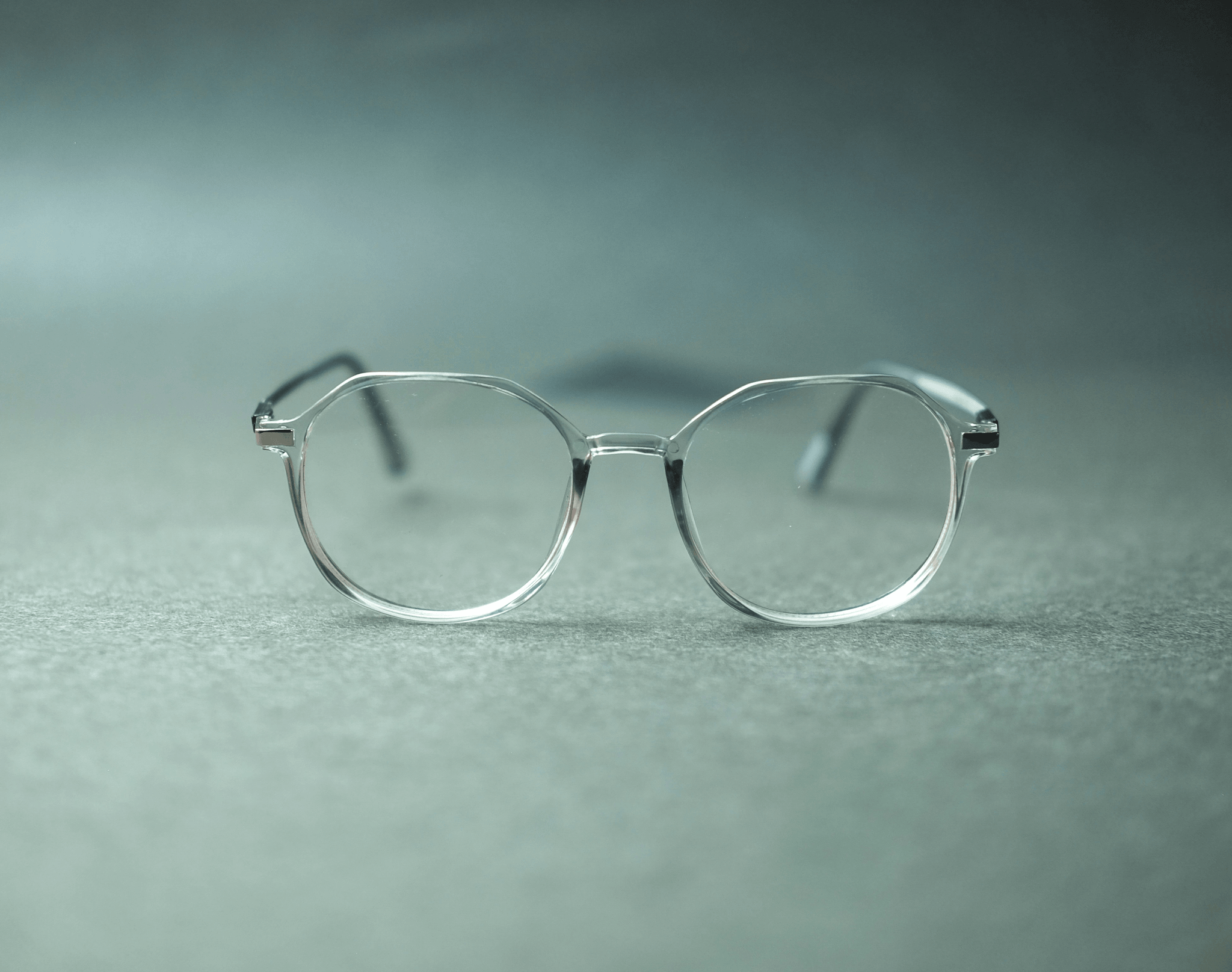
How Acetate Eyeglasses Mold to Your Face
One of the standout features of acetate eyeglasses is their ability to adapt to your face shape. The material is not only durable but also has a certain level of flexibility, allowing it to adjust slightly with heat or pressure. This means that over time, acetate glasses can become even more comfortable as they conform perfectly to your facial features, creating a snug yet gentle fit that many users adore.
Plastic Eyewear Frames and Lightweight Design
In contrast, plastic eyewear frames are designed with lightweight materials that make them incredibly easy to wear throughout the day. For those who find traditional frames cumbersome or heavy on their noses, plastic options can feel like a breath of fresh air—almost unnoticeable in weight! However, while they might lack some molding capabilities found in acetate glasses, many users still appreciate how effortlessly they can slip on these frames without any fuss.
Personal Experiences and User Preferences
User experiences vary widely when it comes to choosing between acetate vs plastic eyewear; some swear by the luxurious feel of acetate eye frames while others prefer the practicality of plastic options. Many individuals report that once they’ve tried acetate sunglasses frames, they struggle to go back due to the comfort factor alone! Ultimately, personal preference plays a significant role in this decision-making process—after all, finding what feels best for you is what truly matters in achieving style without sacrificing comfort.
Style Factor: Aesthetic Appeal

Acetate in Sunglasses: A Fashion Statement
Acetate in sunglasses is not just about UV protection; it's about making a bold fashion statement. The material allows for intricate designs and color combinations that plastic simply can't match, making acetate sunglasses frames the go-to choice for trendsetters. Whether you're rocking oversized cat-eye shades or retro round frames, acetate brings an element of sophistication and flair that elevates your look.
Popular Brands Using Acetate
Many well-known brands have embraced the beauty of acetate glasses, recognizing its potential to enhance their collections. Designers like Ray-Ban and Warby Parker have successfully integrated acetate into their eyewear lines, showcasing different styles of glasses frames that appeal to various tastes. This commitment to using high-quality materials like acetate has helped solidify these brands' reputations as leaders in both style and durability.
Plastic Eyewear Frame Trends
While acetate eyeglasses dominate the high-fashion scene, plastic eyewear frames are not without their own charm and trends. Lightweight designs are increasingly popular for those who prioritize comfort without sacrificing style—think minimalist frames in soft pastels or bold neon colors that catch the eye without being overwhelming. As consumers continue to explore the balance between affordability and aesthetic appeal, plastic remains a staple option for anyone seeking trendy yet budget-friendly eyewear solutions.
Cost Considerations
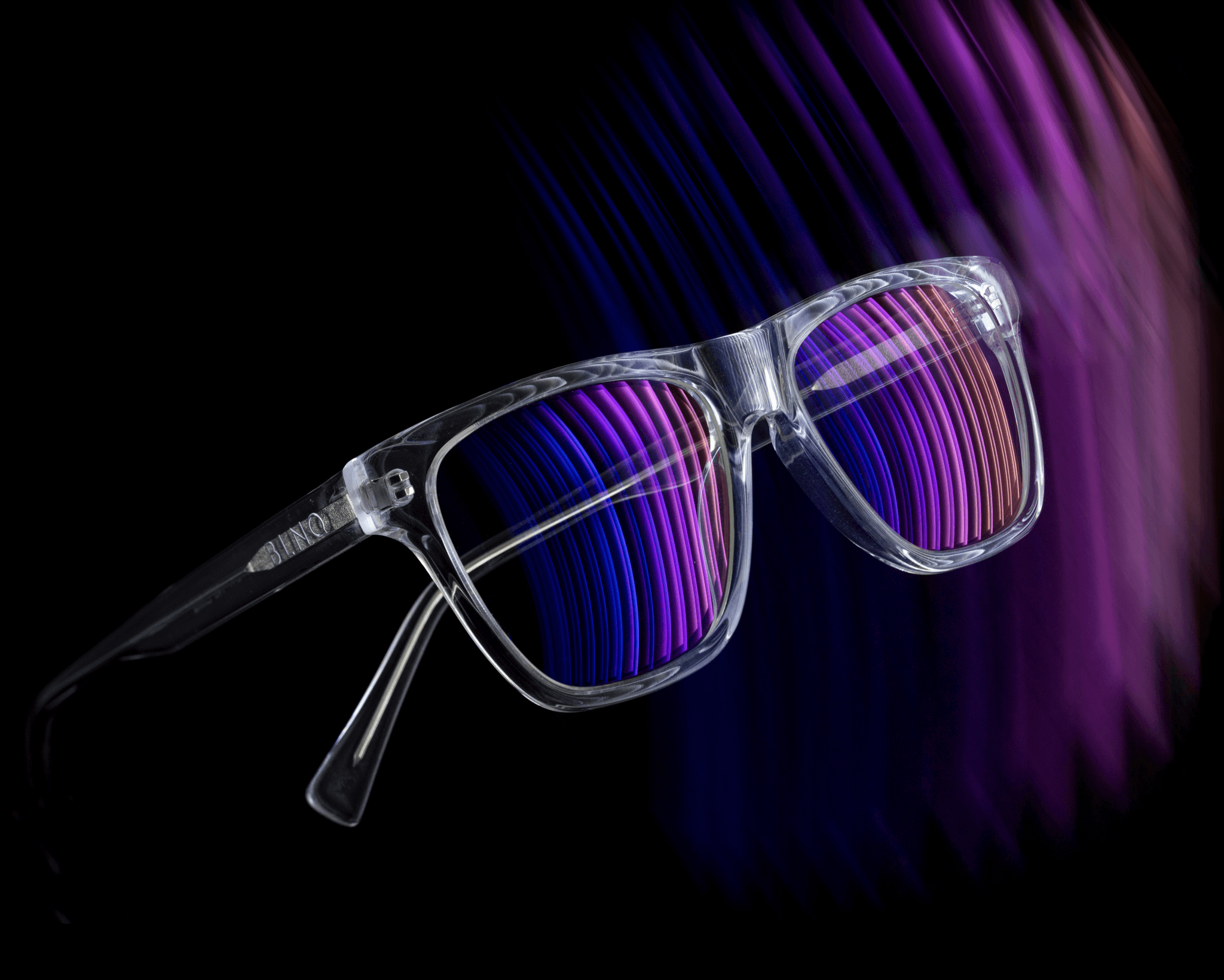
Price Range of Acetate vs Plastic
Acetate glasses generally range from mid to high prices, often starting around $100 and going up to $500 or more for designer options. In comparison, plastic eyewear frames are usually more budget-friendly, frequently available in the $20 to $100 range. This price disparity reflects not only material costs but also the intricacies involved in crafting different styles of glasses frames.
Long-Term Value of Investing in Acetate Glasses
Investing in acetate eyeglasses can yield long-term value that outweighs initial costs. While you may pay more upfront for acetate frames, their durability and ability to retain shape over time mean fewer replacements down the line. Plus, with various styles available—especially acetate in sunglasses—you'll find that these fashionable pieces can enhance your wardrobe without breaking the bank repeatedly.
Budget-Friendly Options in Plastic Eyewear
For those on a tighter budget, plastic eyewear frames offer a plethora of stylish choices without sacrificing aesthetics or comfort. Many brands have embraced innovative designs that cater to cost-conscious consumers while still providing decent durability and style options. Whether you're looking for trendy sunglasses frames or everyday eye frames, there are plenty of affordable plastic options that won't leave your wallet empty.
Sustainability and Innovation
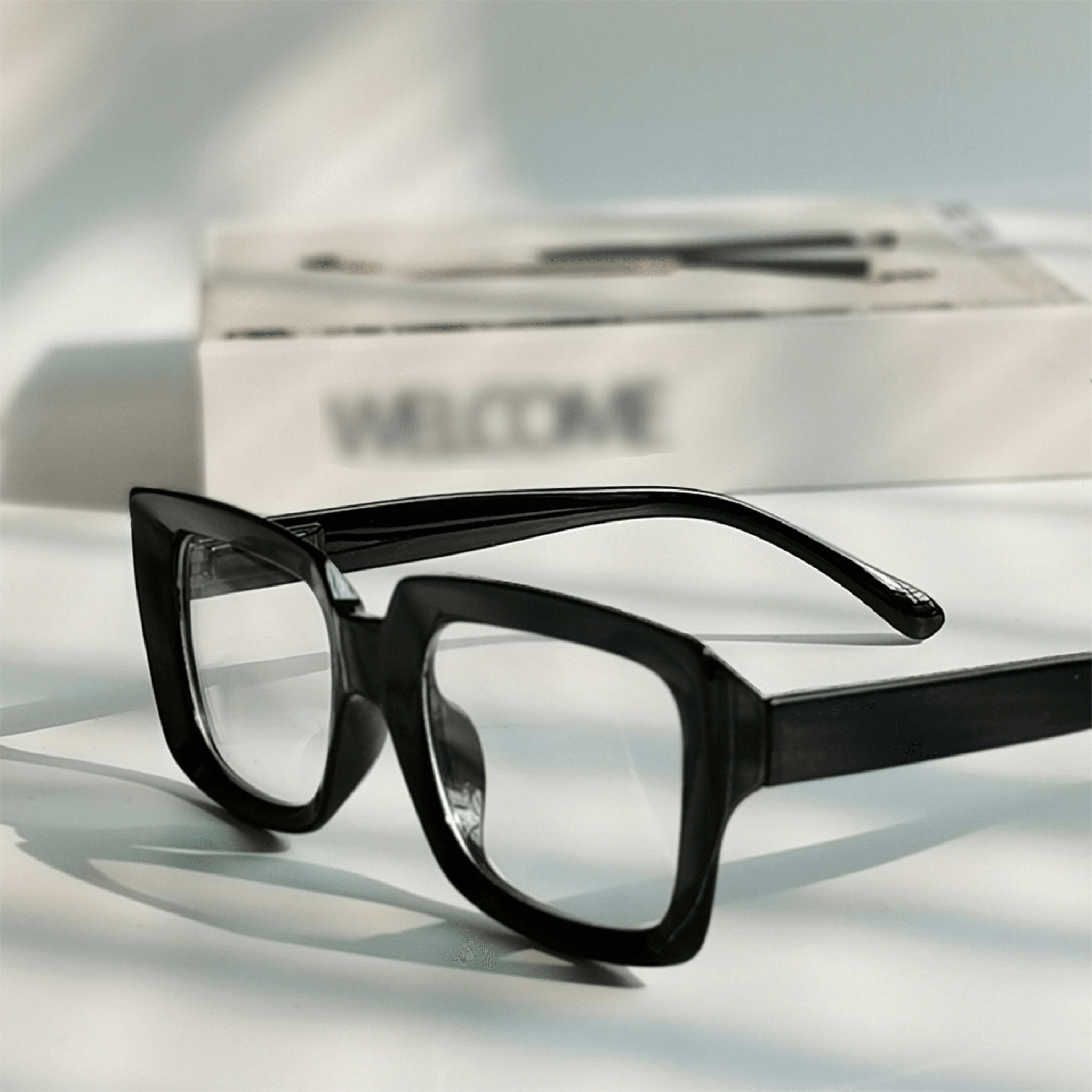
In the world of eyewear, sustainability has become a hot topic, especially when comparing acetate vs plastic materials. Brands are increasingly recognizing the importance of eco-friendly practices and materials in their production processes. One standout in this movement is Daposi, committed to creating stylish yet sustainable acetate glasses that don’t compromise on quality or aesthetics.
Daposi’s Commitment to Eco-Friendly Eyewear
Daposi has made significant strides in promoting sustainable eyewear by utilizing biodegradable acetate instead of traditional plastic. This choice not only reduces environmental impact but also enhances the durability and appeal of their acetate eyeglasses. By focusing on eco-conscious practices, Daposi is setting a standard for other brands to follow while offering consumers fashionable options like acetate sunglasses frames that are both trendy and responsible.
The Future of Sustainable Materials in Eyewear
As we look ahead, the future of sustainable materials in eyewear seems promising with advancements in technology and material science. Innovations such as plant-based acetates and recycled plastics are paving the way for more environmentally friendly options across different styles of glasses frames. This shift towards sustainability is not just beneficial for the planet; it also provides consumers with unique choices that reflect their values while enjoying fashionable designs like acetate eye frames.
Consumer Trends Towards Sustainable Choices
Today's consumers are increasingly prioritizing sustainability when making purchasing decisions, especially regarding fashion items like plastic eyewear frames or acetate glasses. The trend highlights an awareness of environmental issues and a desire to support brands that align with these values. As more individuals seek out eco-friendly alternatives, businesses will need to adapt by incorporating sustainable practices into their offerings—after all, who wouldn’t want stylish sunglasses made from responsibly sourced materials?
Conclusion
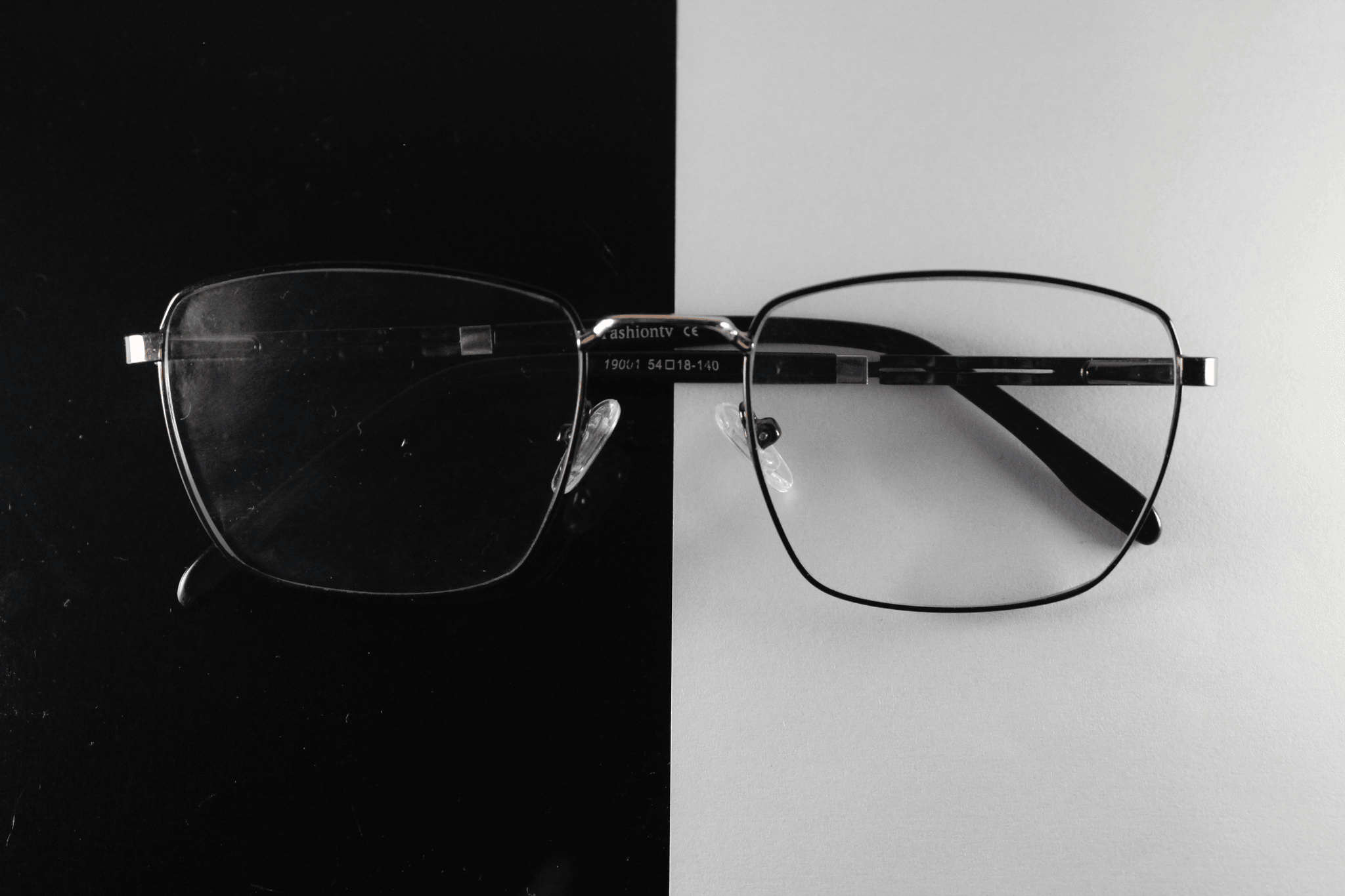
In the world of eyewear, choosing between acetate and plastic can feel like navigating a maze. Each material has its own unique attributes that cater to different needs and preferences. Ultimately, making the right choice for you involves considering factors such as comfort, style, durability, and environmental impact.
Making the Right Choice for You
When deciding between acetate glasses and plastic eyewear frames, think about how you plan to use them. If you're looking for something that molds comfortably to your face while offering a touch of elegance, acetate eyeglasses may be your best bet. On the other hand, if you prioritize lightweight designs and budget-friendly options for everyday wear or sports activities, plastic frames could fit your lifestyle better.
Recap of Acetate Glasses Benefits
Acetate glasses come with a plethora of benefits that make them stand out in the crowded eyewear market. They are known for their vibrant colors and patterns, making them perfect for those who want to express their unique style through different styles of glasses frames. Additionally, acetate is more durable than traditional plastics and can be more environmentally friendly if sourced responsibly—an attractive feature in today’s eco-conscious world.
When to Choose Plastic Eyewear Frames
Plastic eyewear frames shine when cost-effectiveness is at the forefront of your decision-making process. If you're someone who frequently updates their look or tends to misplace their glasses often, opting for affordable plastic options can save you money in the long run without sacrificing style or functionality. However, if you’re searching for statement pieces like acetate in sunglasses or chic acetate eye frames that will last through trends and seasons alike, investing in quality might just be worth it.
